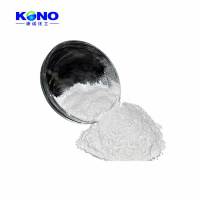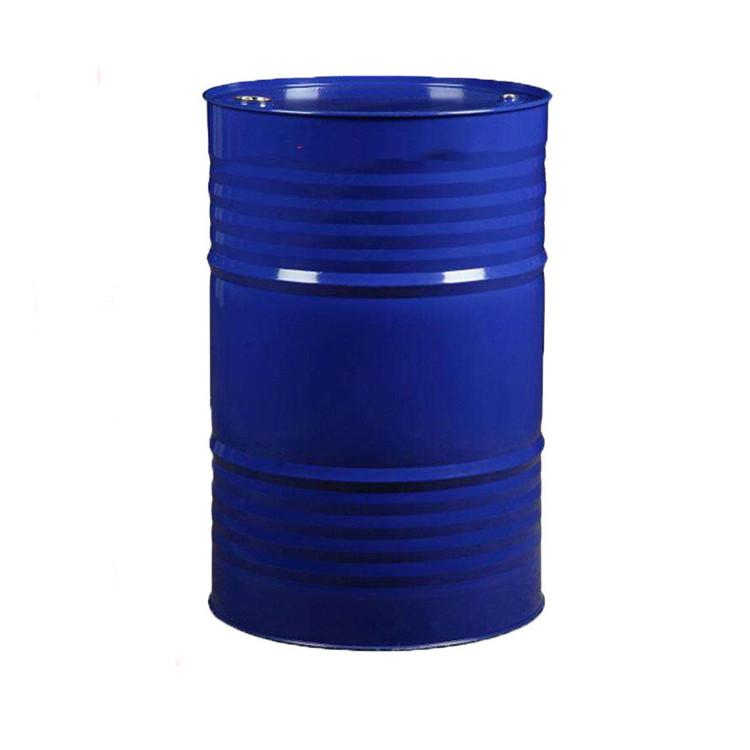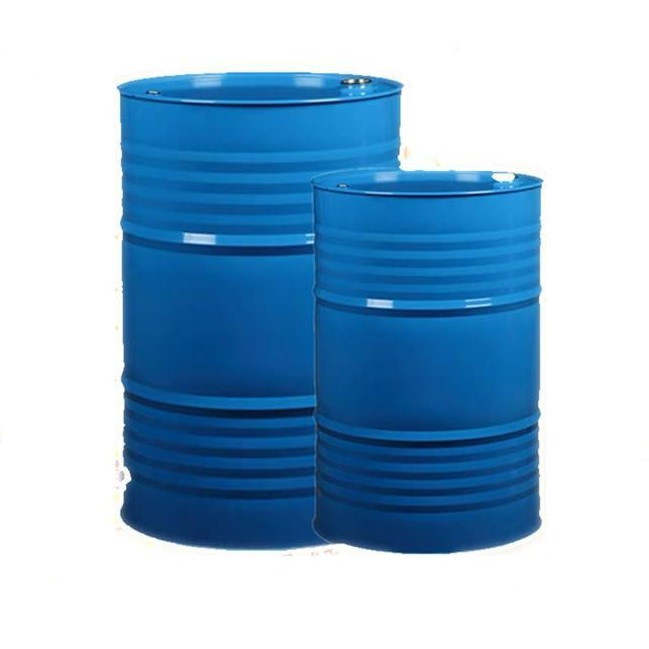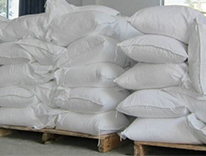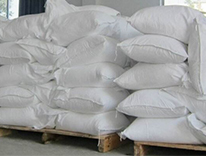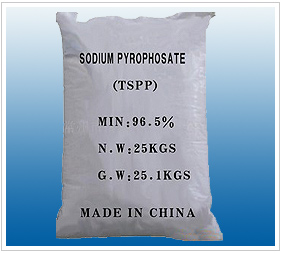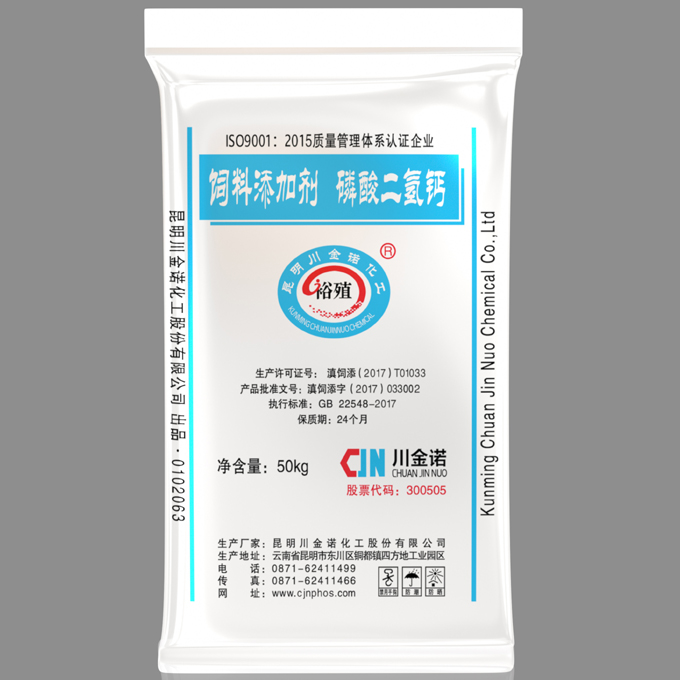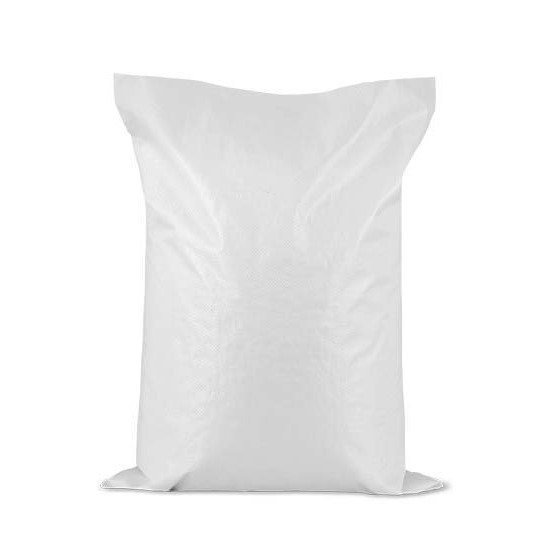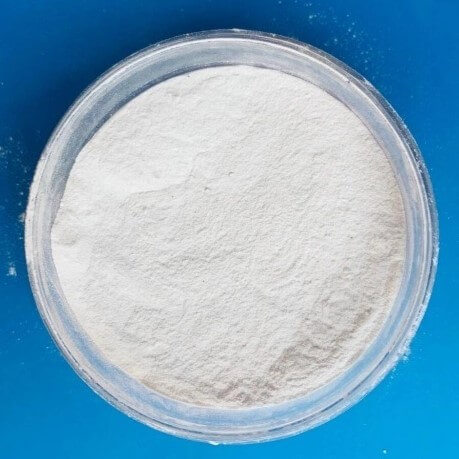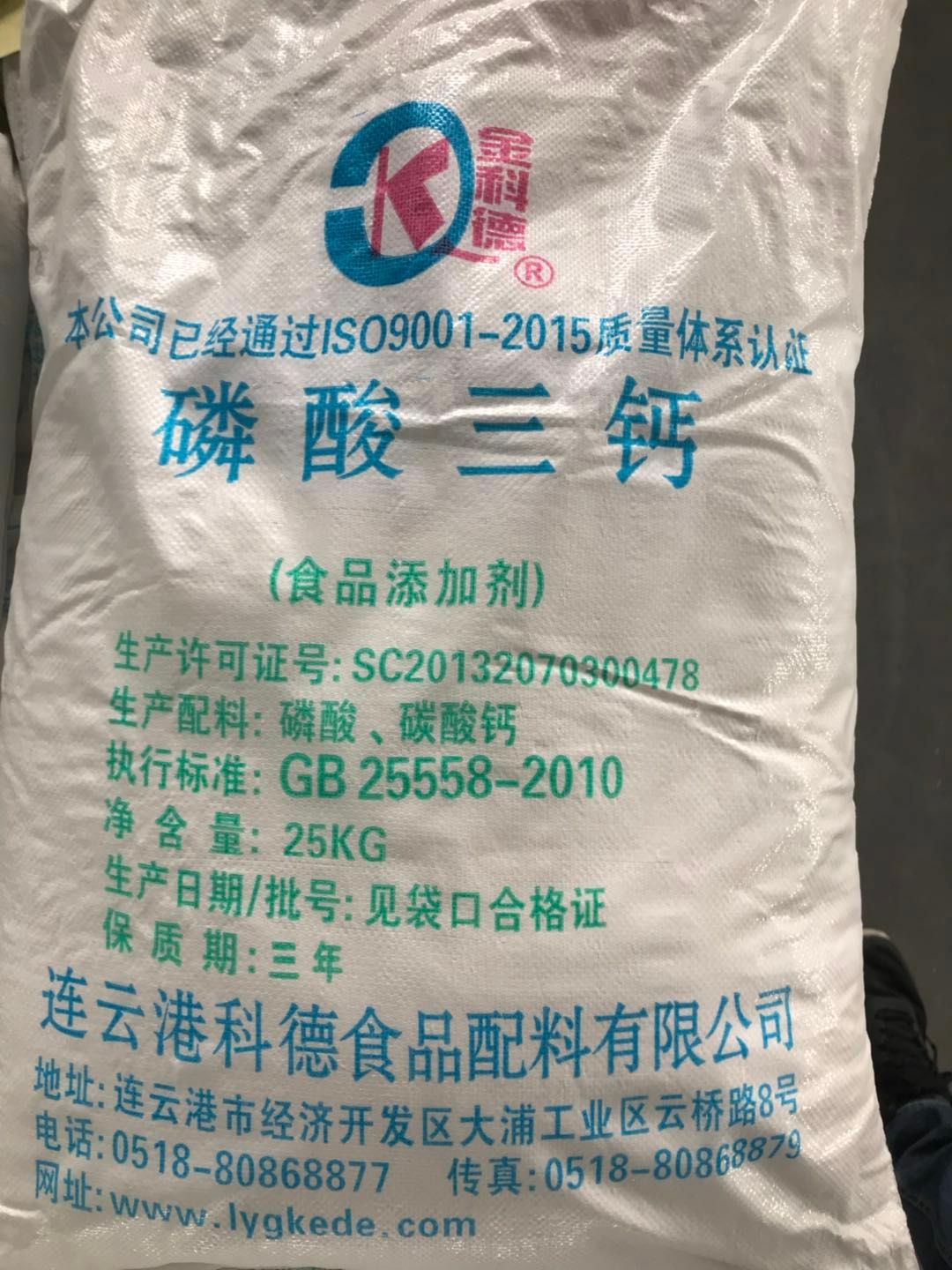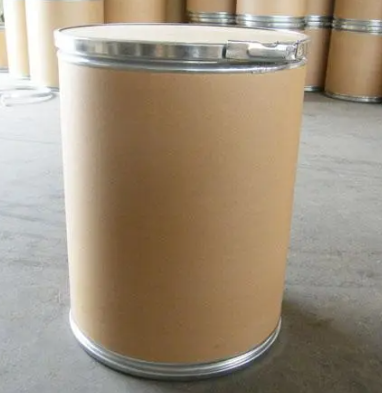Food(Feed) Additives
Feed Additive
Additives For Food Packaging
Colorant
Stabilizer and Coagulator
Water Retention Agent
Feed Deworming Health Agents
Anti Corrosion and Preservation
Color Fixative
Flour Treatment Agent
Defoamer
Coating Agent
Feed Vitamins
Emulsifier
Other Food Additives
Nutritional Fortifier
Thickening Agent
Feed Quality Enhancer
Antioxidants
Chewing Gum Bases
Bulking Agent
Feed Amino Acids and Small Peptides
Flavor Enhancer
Sweeteners
Additives For Feed Preservation
Other Feed Additives
Food Additive
Bleaching Agents
Anticaking Agent
Food Flavors and Fragrances
Enzyme Preparation
Feed Trace Elements
Acidity Regulators
Feed Growth Promoters
Feed Conditioner
Find
1531
related chemicals for you
CAS:7695-91-2
Molecular Formula:C31H52O3
Alias
More Information
Vitamin E Acetate; [2R-[2R*(4R*,8R*)]]-3,4-Dihydro-2,5,7,8-Tetramethyl-2-(4,8,12-Trimethyltridecyl)-2H-1-Benzopyran-6-Ol Acetate; 3,4-Dihydro-2,5,7,8-Tetramethyl-2-(4,8,12-Trimethyltridecyl)-2H-Benzopyran-6-Yl Acetate; All-Rac-Alpha-Tocopheryl Acetate; (+/-)-Alpha-Tocopherol Acetate; Alpha-Tocopheryl Acetate; Alpha-Tocopherylis Acetas; DL-A-Tocopheryl Acetate; (+)-A-Tocopherol; Dl-2,5,7,8-Tetramethyl-2-(4,8,12-Trimethyl; d-α Tocopheryl Acetate; D-Alpha Tocopheryl Acetate
Brief Introduction
As an antioxidant in the body, this product eliminates free radicals in the body and reduces the damage of ultraviolet rays to the human body. Due to skin care, hair care, etc. It is used as an additive in medicine, nutrition and cosmetics.
Suppliers
View More Vendors (5) >
CAS:7722-88-5
Molecular Formula:Na4O7P2
Alias
More Information
Sodium Diphosphate; Tetrasodium Pyrophosphate; Sodium Pyrophosphate Anhydrous; Sodium Dihydrogen Phosphate Anhydrous; Phosphotex; Sodium Pyrophosphate,; Tetrasodium Diphosphate; Natrium Pyrophosphat; Pyrophosphoric acid Tetrasodium salt; TSPP; Pyrophosphatedesodium; Jiaolinsuanan; Pyrophosphatetetrasodique; Sodiumpyrophosphate,Anhydrous; Tetranatriumpyrophosphat; Tetrasodiumpyrophosphate,Anhydrous; Victortspp
Brief Introduction
Tetrasodium pyrophosphate is used in electroplating industry as batching agent, water treatment agent, washing assistant, boiler descaling agent, metal chelating agent, printing and dyeing fine bleaching assistant, water softener, etc. It can also be used in cans, fruit juice drinks, dairy products, soybean milk, etc. It is usually used in preparation with other condensed phosphates.
Suppliers
View More Vendors (5) >
CAS:7758-23-8
Molecular Formula:CaH4O8P2
Alias
More Information
Calcium Phosphate Monobasic; Calcium Dihydrogen Phosphate; Calcium Biphosphate; Acidcalciumphosphate; Calcium, Dihydrogen Phosphate; Calcium Dihydrogenphoshate; Dihydrocalcium Phosphate,; Monocalcium Phosphate,; Monocalcium Phosphate Monohydrate; MCP; Monocalcium Phosphate; MDCP
Brief Introduction
Calcium dihydrogen phosphate is used as a buffer in food industry; Loosening agent; Flour improver, nutritional supplement, yeast feed, emulsifier, curing agent, antioxidant synergist, stabilizer. Such as flour, cake, pastry, baking quality improver, friction meter. Analytical reagent. An acidifier for baking powder and flour. Food and feed additives. Plastic stabilizer. Calcium dihydrogen phosphate is used in fertilizer, glass manufacturing, plastic stabilizer and livestock auxiliary feed.
Suppliers
View More Vendors (5) >
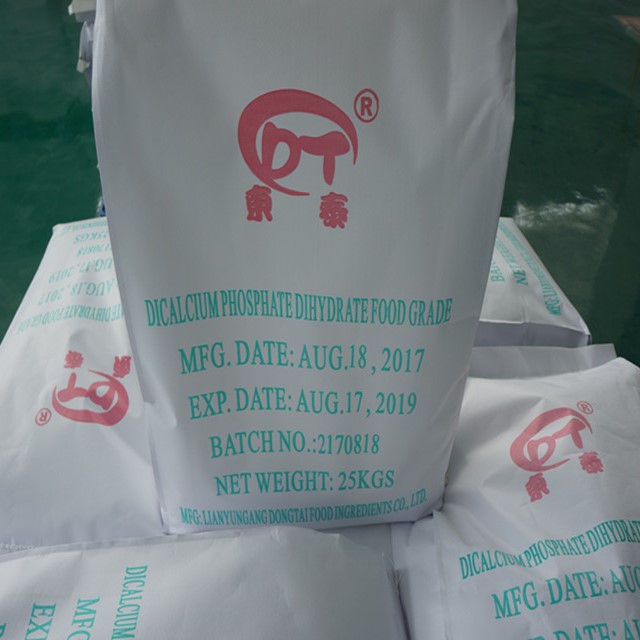
FCC-V; Content (as Ca) 15.9% - 17.7%
/
Food Grade
25kg
/
Woven Bag
CAS:7758-87-4
Molecular Formula:Ca3O8P2
Alias
More Information
TCP; Tricalcium Phosphate; Calcium Phosphate Tribasic; Tricalcium Bis(Phosphate); Synthos; Calcium Orthophosphate; Tricalcium Diphosphate; Calcigenol Simple; Beta-Tcp; Phosphoric Acid, Calcium Salt (2:3); Tricalcium Orthophosphate; Beta-Tricalcium Phosphate; Calcium Tertiary Phosphate; Tertiary Calcium Phosphate; Tri-Calcium Phosphate; Calciresorb;Tcp; Phosphoric Acid, Calcium Salt; Unii-K4C08Xp666; Tricalcium;Diphosphate; Calcium Phosphate; Tricacium Phosphate
Brief Introduction
Calcium phosphate can be used as feed additive for poultry, which can promote feed digestion, increase poultry weight, and treat rickets and rickets of livestock. It is used as anti caking agent, acidity regulator, nutritional supplement, flavoring agent, stabilizer and water retention agent in food industry. This product is also used in the manufacture of ceramics, colored glass and milk glass. It can also be used as dental adhesive, plastic stabilizer, polishing powder, syrup clarifier and chemical fertilizer. It is also used in rubber and printing and dyeing industry, and as acid making agent in medicine.
Suppliers
View More Vendors (5) >

P2O5 38.5%-48%; 34.0%-40.0% (as Ca)
/
Food Grade
25kg
/
Paper Bag
CAS:7782-63-0
Molecular Formula:FeH14O11S
Alias
More Information
Iron(2+),Sulfate,Heptahydrate; Fesofor; Greenvitrol; Haemofort; Iron(II)Sulfate(1:1); Melanterite Mineral; Ferrous Sulphate Heptahydrate
Brief Introduction
Ferrous sulfate: alias: ferrous sulfate, ferrous sulfate heptahydrate, green alum, drying ferrous sulfate. It can be used as reducing agent in electroplating plant, flocculant in industrial wastewater, precipitant in printing and dyeing plant, raw material in Tiehong plant, raw material in pesticide plant, raw material in chemical fertilizer plant, fertilization in ferrous sulfate flowers, etc. It is widely used for flocculation, clarification and decolorization of printing and dyeing, papermaking, domestic sewage and industrial wastewater. Ferrous sulfate can also be used to treat chromium containing wastewater and cadmium containing wastewater Equal high alkalinity and high chroma wastewater treatment can reduce a large amount of investment in neutralization acid.
Suppliers
View More Vendors (5) >
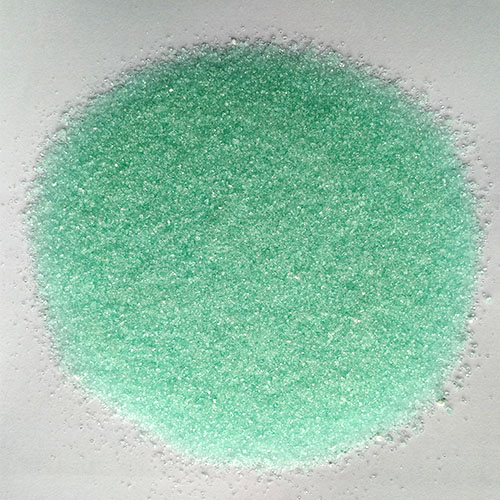
Ⅱ:99.0-101.0%;Ⅲ:99.0-101.0%
/
AR Grade
25kg
/
Woven Bag

Purity: Technical Grade (≥97% purity), Feed Grade (≥98%, low heavy metals), Pharmaceutical Grade (USP/BP/EP standards), Reagent Grade (laboratory use, ≥99%)
/
-
Inquiry (
10
/ 10
)
Clear All
You can inquire for up to 10 products at a time
Sign In
Error!

